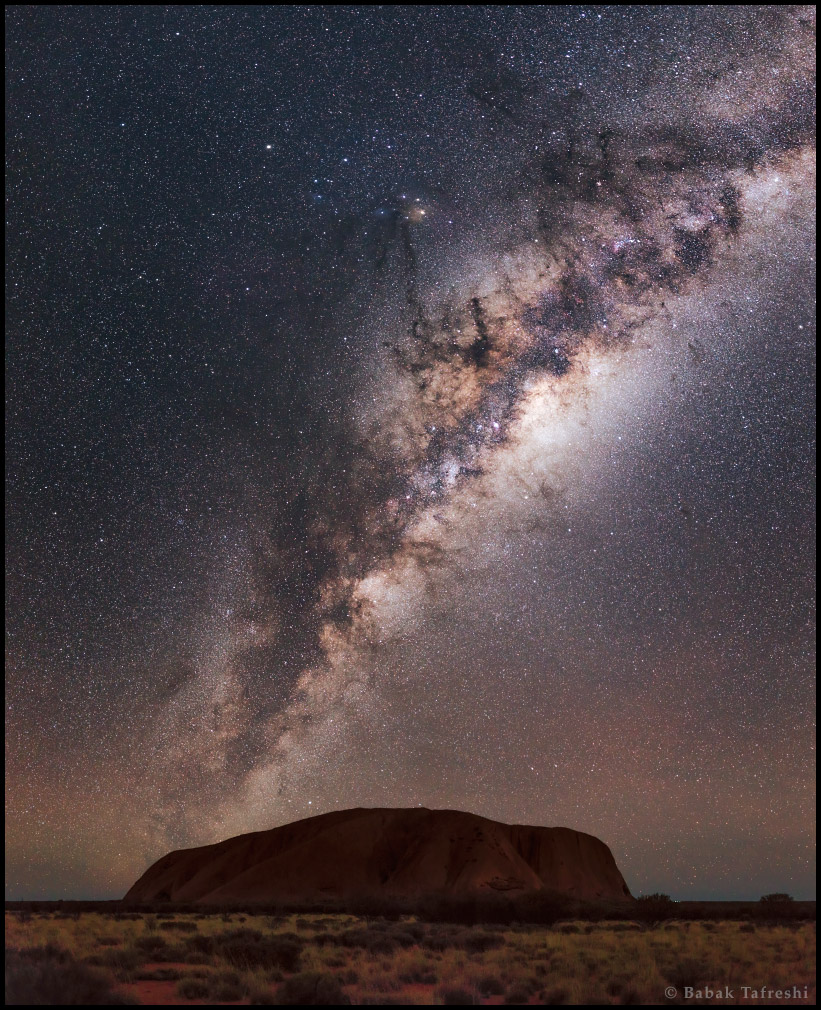See Physicist & SF Author Lesley L. Smith's website
NASA's Astronomy picture of the day

Every day a fun new picture!
Featured Topics
The Solar Neutrino Problem:
The sun is powered by nuclear fusion. More specifically, hydrogen atoms combine to form helium atoms and emit energy, anti-electrons, and neutrinos. The emitted energy is known as heat and sunlight and enables life on earth to exist. Anti-electrons are just like electrons but have an opposite electrical charge.
Neutrinos are very small electrically-neutral particles--hence the name neutrino. When neutrinos were proposed back in 1930 (see more on this below), physicists thought they had zero mass. To put this in more familiar terms, something with zero mass weighs zero pounds. Neutrinos emitted from the sun are, not surprisingly, called solar neutrinos.
Electrons and neutrinos are part of the family of elementary particles called leptons. An elementary particle cannot be divided into something smaller. There are two more leptons similar to the electron. Altogether, they are called: the electron, the muon, and the tauon. The muon is very similar to the electron but has a greater mass. Similarly, the tauon is very like the muon but has a greater mass yet.
Correspondingly, there are three different kinds, or flavors, of neutrinos: the electron-neutrino, the mu-neutrino, and the tau-neutrino. As you may have guessed from the names, the electron-neutrino is often seen with the electron. There are similar lepton relationships for the muon and the muon-neutrino, etc. Notice there are six types of leptons in total.
At this point, you may be wondering: Why so many particles?
Physicists use conservation laws in their work. Probably the most crucial conservation law is conservation of energy. This says energy cannot be destroyed; it must be conserved. In fact, in 1930, neutrinos were hypothesized to save the law of conservation of energy when it seemed as if some energy was disappearing in beta decay. (In beta decay, a radioactive nucleus is transformed into a slightly lighter nucleus with the emission of an electron.) Another important conservation law is conservation of momentum. There are a few more conservation laws, but the main point is that physicists need these laws to do the bookkeeping of the universe.
So, back to the sun... Even more specifically, solar fusion combines hydrogen atoms to form helium atoms and emit energy, anti-electrons, and electron-neutrinos. Back in the late 1960s, physicists decided to measure the electron-neutrinos coming from the sun. Ray Davis Jr. built a neutrino detector a mile underground in the Homestake Gold Mine of South Dakota, consisting of a 100,000-gallon tank full of dry-cleaning fluid with special detectors. His theoretical partner, John N. Bahcall, predicted how many solar electron-neutrinos should be detected based on the understanding of solar fusion. Davis, Bahcall, and their team did everything right, but they only detected about a third of the expected electron-neutrinos.
For the next thirty years, experiments around the world got the same electron-neutrino deficit. Two-thirds of the solar neutrinos were missing! What did it mean? Could it mean we didn't really understand solar fusion? Other types of experiments verified the solar model was correct.
So, where were the electron-neutrinos? Physicists were mystified. This was called the Solar Neutrino Problem.
It wasn't until the late 1990s that the puzzle was solved by the Super-Kamiokande experiment in Japan and the Sudbury Neutrino Observatory in Canada. The new experiments could detect more flavors of neutrinos. They discovered the solar model was correct, and all the electron-neutrinos were being emitted as expected. On the way to earth, two-thirds of the electron-neutrinos were being changed, or oscillated, into muon-neutrinos or tauon-neutrinos. If the neutrinos had zero mass, such oscillations would be impossible. Therefore, part of the solution was the neutrinos do have mass. In fact, our original idea of a neutrino being 'one particle' isn't quite correct. It's more realistic to think of one neutrino as being a combination of all three flavor neutrinos...
The physics teams that solved the Solar Neutrino Problem won the 2015 Nobel Prize in Physics. Kudos to them!
